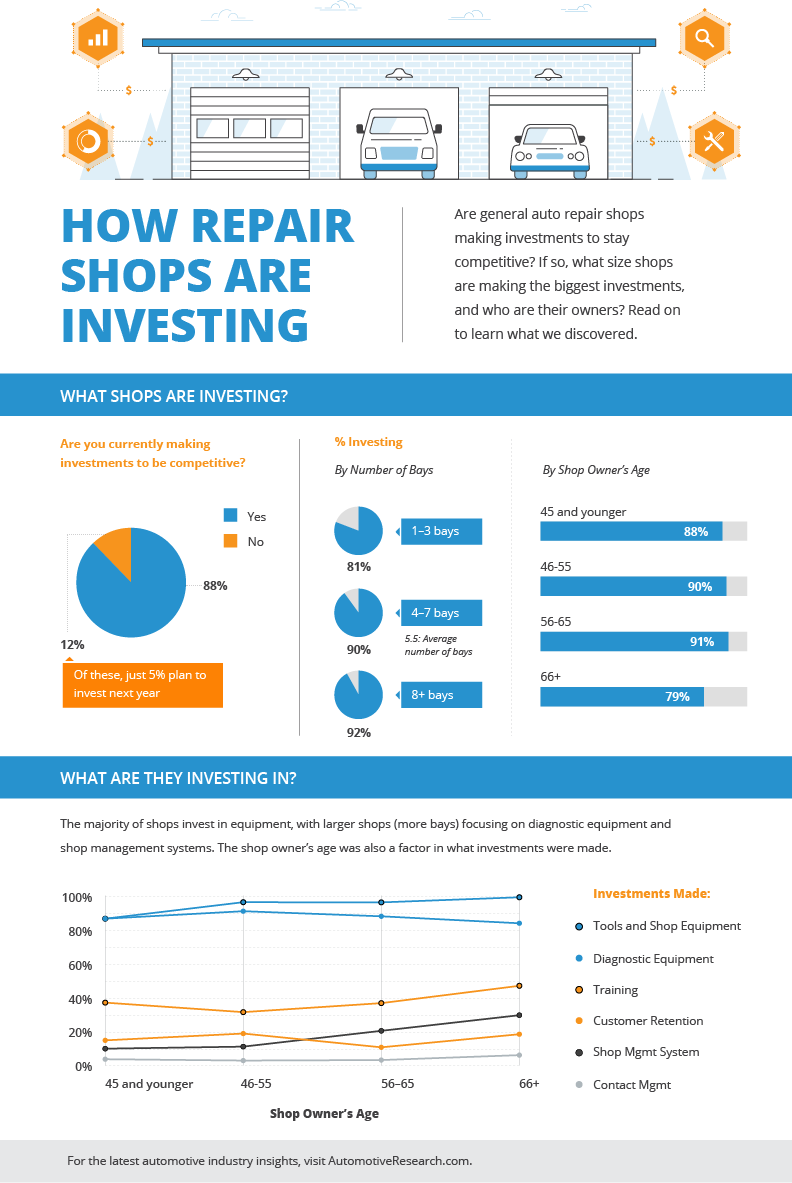Decoding Your Automobile'S Warning Indicators: What They Genuinely Indicate
Decoding Your Automobile'S Warning Indicators: What They Genuinely Indicate
Blog Article
Content Create By-Lim Winters
When you're behind the wheel, those glowing warning lights on your control panel can be a little bit bewildering. Do get redirected here understand what they're trying to tell you regarding your cars and truck's wellness? Recognizing nz detailing of these lights is essential for your safety and security and the durability of your automobile. So, the next time one of those lights pops up, wouldn't you intend to decipher its message precisely and take the necessary steps to resolve it?
Common Warning Lighting and Interpretations
Recognize typical caution lights in your car and understand their definitions to make certain secure driving.
The most common warning lights consist of the check engine light, which signifies problems with the engine or exhausts system. If foam car wash comes on, it's crucial to have your vehicle inspected promptly.
The oil stress cautioning light indicates low oil pressure, requiring immediate focus to stop engine damages.
A blinking battery light might suggest a faulty billing system, potentially leaving you stranded if not attended to.
The tire pressure surveillance system (TPMS) light alerts you to reduced tire stress, impacting car security and fuel performance. Disregarding this can cause unsafe driving problems.
The abdominal light shows an issue with the anti-lock stopping system, endangering your capability to stop quickly in emergencies.
Last but not least, the coolant temperature level advising light warns of engine overheating, which can result in extreme damages otherwise fixed swiftly.
Understanding these usual warning lights will certainly assist you resolve concerns promptly and preserve secure driving conditions.
Significance of Prompt Interest
Understanding the typical warning lights in your vehicle is only the very first step; the importance of quickly dealing with these cautions can't be emphasized enough to ensure your safety and security when driving.
When a caution light illuminates on your dashboard, it's your auto's way of interacting a prospective problem that needs focus. Ignoring these warnings can bring about much more severe troubles down the road, jeopardizing your safety and potentially costing you extra in repairs.
Motivate interest to warning lights can prevent breakdowns and accidents. For example, a flashing check engine light could indicate a misfire that, if left ignored, can trigger damages to the catalytic converter. Addressing this quickly can conserve you from an expensive repair service.
Likewise, a brake system cautioning light might indicate reduced brake liquid or worn brake pads, crucial parts for your safety when driving.
DIY Troubleshooting Tips
If you see a warning light on your dashboard, there are a few do it yourself fixing ideas you can attempt before looking for specialist assistance.
The first step is to consult your auto's guidebook to understand what the particular warning light suggests. Often the concern can be as straightforward as a loose gas cap causing the check engine light. Tightening the gas cap may resolve the problem.
An additional typical concern is a low battery, which can trigger numerous advising lights. Inspecting the battery links for deterioration and ensuring they're safe and secure may fix the issue.
If a caution light continues, you can try resetting it by disconnecting the car's battery for a couple of minutes and then reconnecting it. Additionally, inspecting your car's liquid degrees, such as oil, coolant, and brake liquid, can assist fix cautioning lights related to these systems.
Conclusion
To conclude, understanding your auto's caution lights is necessary for maintaining your automobile running efficiently and securely. By immediately resolving these notifies and understanding what they suggest, you can avoid pricey repair work and potential break downs.
Remember to consult your car's handbook for specific information on each cautioning light and do something about it as necessary to ensure a trouble-free driving experience.
Remain informed, remain secure when driving!
